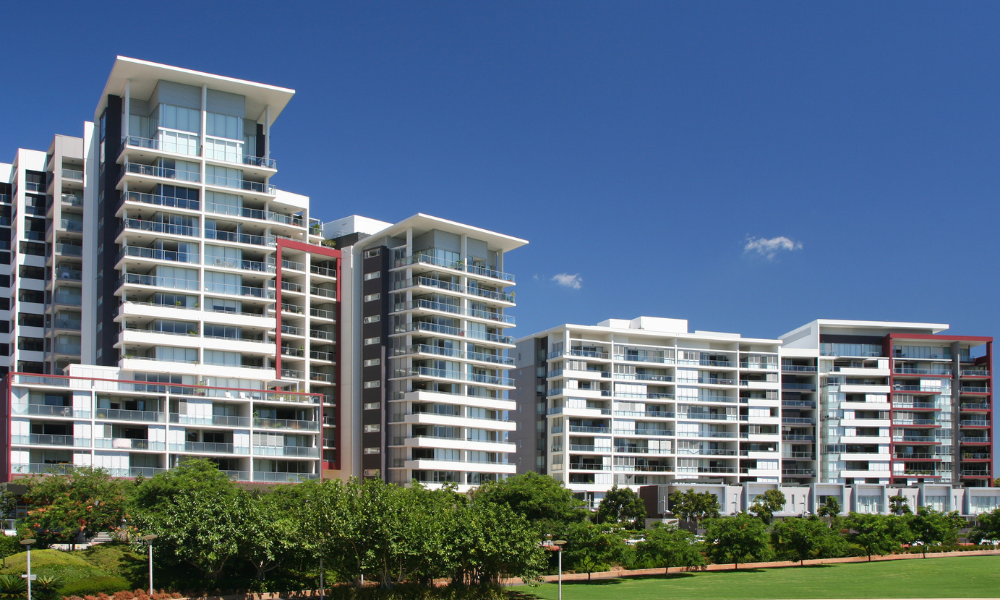A quick summary
Cash flow is one of the most important concepts for real estate investors. As the old saying goes, cash is king, and in the world of real estate investing, a cash flow positive property is very close to being king. However, you might not find the perfect property, so here’s how to make properties cash flow positive.
Key Topics
The goal for investing in real estate is to make a profit and making sure that the cash flow of your real estate investment is positive, is key to achieving this. This can be easier said than done, particularly for those who are new to real estate investing, so we’ve put together a quick guide on how to make properties cash flow positive for real estate investors.
What is a cash flow positive property?
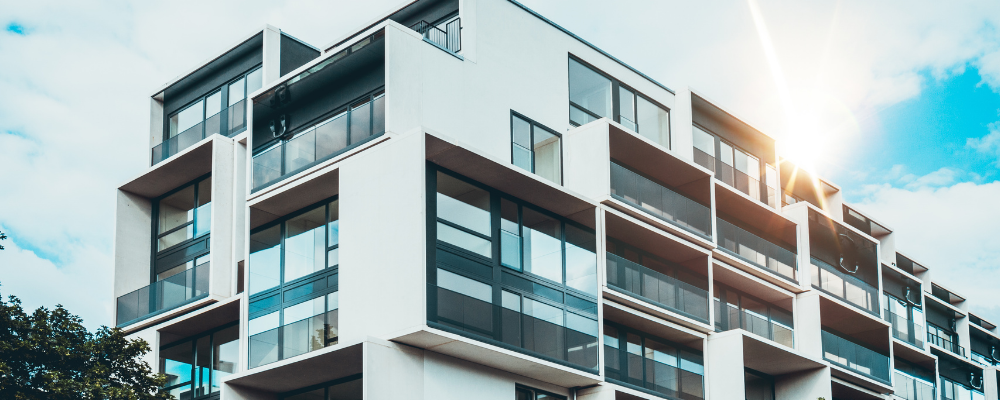
A positive cash flow is a necessary component for making money in real estate. Hence, cash flow positive properties are a vital part of real estate investing because these properties provide a consistent income for investors soon after they purchase the property.
A property that is cash flow positive has an income that exceeds the expenses. Which means that if it’s a rental property, you’re gaining more from your income than you are spending on expenses during a particular cycle, ie: weekly, monthly or yearly.
When it comes to rental real estate, the income part of the cash flow is generated largely from monthly rent payments that are made by tenants, however it can also include other facilities on the property such as laundry, vending machines, parking space renting and so on. The expenses involved with a rental property are usually to do with maintaining the property. So, this would be maintenance fees, taxes and other costs. The best way to keep a rental property cash flow positive is to keep expenses as low as possible and keep tabs on these as you go.
How to calculate rental property cash flow
Monthly Cash Flow = Rental Property Income – Rental Property Expenses
To work out a rental property’s basic cash flow you’ll need to calculate the following:
- Gross income: This is the total amount of rent payments that you will receive over a month from the property, along with any additional income sources. This includes all units that are being rented out on the property, as well as any other income-generating facilities on the property.
- Operating expenses: The operating expenses of a rental property encompass everything that needs to be paid to keep the property going. In other words, property taxes, maintenance costs, property management and so on.
To take things one step further, you could also work out the Net Operating Income and the Cash Flow After Operations. These two numbers would allow you to figure out how much your investment property would be making you on an annual basis, minus the capital expenditures from your investment, which typically amount to about 5%.
To illustrate how to calculate your rental property cash flow, we’ll use an example…
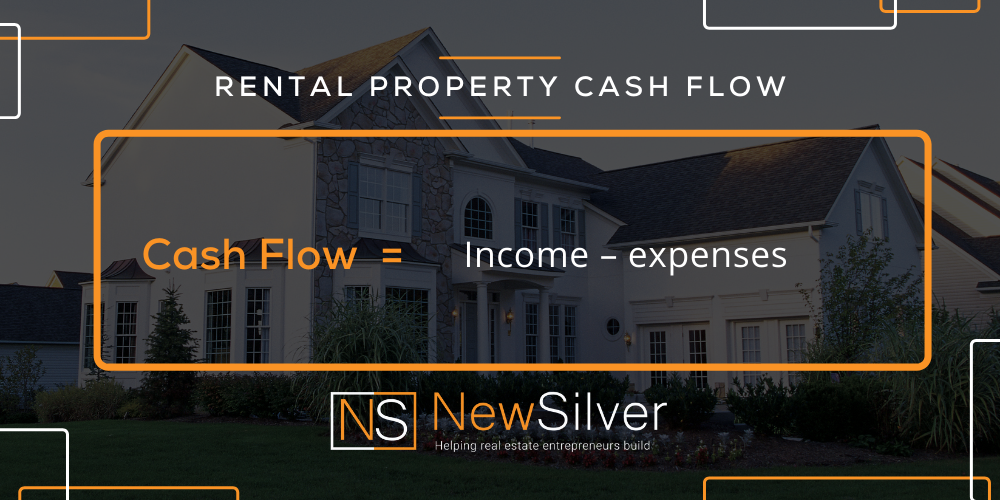
Let’s say you bought a property for $500,000 and take a $300,000 loan for 7% on the property, and you rent the property out for $2,200 per month. If there are no other income-generating facilities on the property, this means that your total monthly income from the property would be $2,200.
Let’s say your monthly expenses were:
Mortgage: $425
Property management fees: $200
Council rates: $100
Landlord’s insurance: $60
Maintenance and repairs: $180
Total monthly expenses: $965
**Cash flow = $2,200 – $965
This means that after you have covered your expenses for the month, you’ll be making $1505 in profit every month.
Working out a property’s cash flow can be tedious, so you could also try New Silver’s Rental Property Calculator or BRRRR calculator, to quickly figure out whether a rental property is worth investing in, and what the cash flow would be.
How to make properties cash flow positive
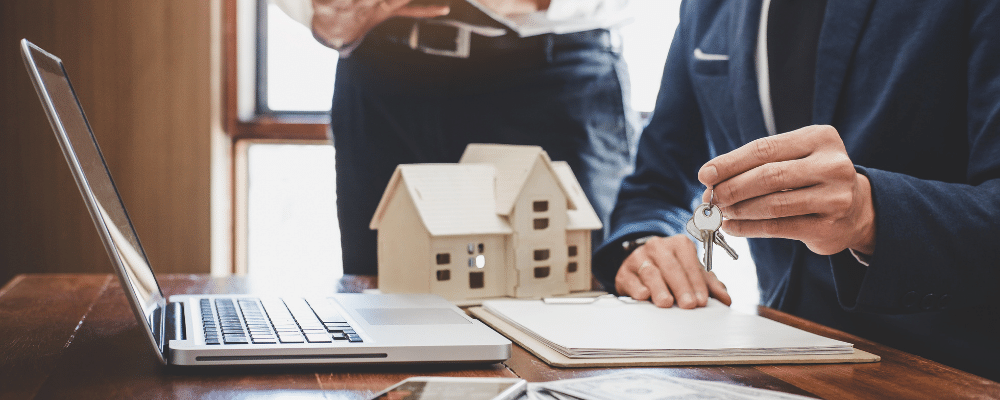
There are various ways to increase the cash flow on a property to make it positive. Here are a few:
Increase the rent
The easiest way to increase the cash flow on a rental property is to put the rent up, particularly if a tenant has been paying a rent that’s lower than the market standard. If the rent is at the right rate, you can make improvements or upgrades to the property to be able to charge a higher rent. However, make sure that this is in line with market rates and that you’re not over charging or you could struggle to find tenants.
Add new income
Creating new sources of income on the property is a good way to add to your income generation and drive your cash flow in a positive direction. This could include adding cleaning services, renting out storage space and/or parking lots, and more.
Cut costs
Cutting costs is another easy way to make properties cash flow positive. For example, if you’ve hired a property management company, you can cut this cost by taking over the management of it yourself. Or if the tenants are currently not paying for utilities, you could cut this cost out of your cash flow by getting the tenants to pay for their own water, electricity and heating.
Change strategy
If a rental property isn’t cash flow positive, this could be because the strategy isn’t right for the type of property. For example, depending on the location, a short-term rental strategy such as AirBnb or vacation rental may be better suited for the property than the traditional 6 to 12 month lease. It’s important to find the right strategy to maximize the rental income you can get from a property, which will create a positive cash flow.
How to find positive cash flow rental properties
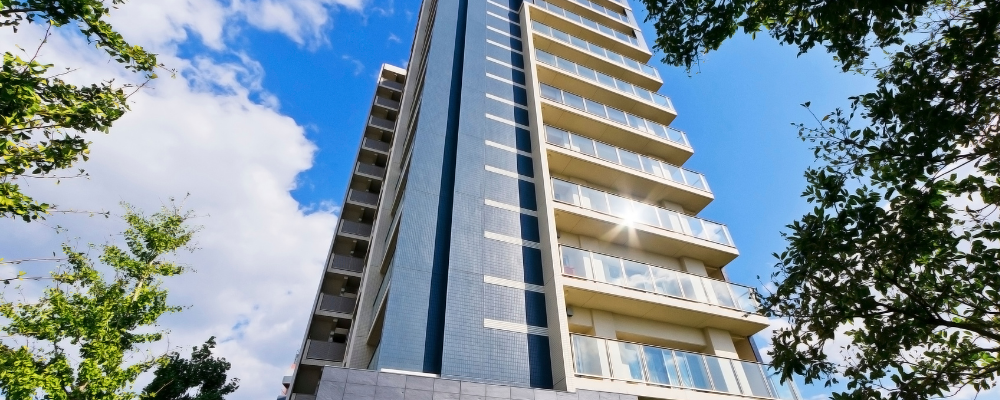
Real estate investors are usually looking for cash flow positive rental properties and, instead of having to make a property cash flow positive, investors can save time and energy by investing in one that’s already cash flow positive.
To do this, you’ll need to find rental properties that have a high Return On Investment (ROI), which means checking that the property will offer a high enough ROI compared to the price you’d be paying for it.
Here’s a quick guide to finding a rental property that is cash flow positive:
Pick the right spot
Location is important when you’re investing in real estate, but even more so when you’re looking for cash flow positive rental properties. The location you choose will determine the type of tenants you’ll get, and the type of rental you’ll be able to generate. For example, an area close to a college would mean that your tenants are likely to be college students and may not be able to pay a very high rent.
Find the right property type
Finding the right type of rental property is another important decision for this investment strategy. Depending on the location, you’ll need to decide what type of rental property fits the best. Whether it be single-family, multi-family or a condo, you’ll also need to figure out the number of bedrooms and bathrooms, as well as the other features you’re looking for in an investment property.
Check the numbers
It’s a good idea to check the cash flow zone of the rental property before you think about purchasing it. Properties that are cash flow positive will land between 8% and 10%.
Cash flow zone = (Gross annual rental income / Property price) × 100%
Online tools like New Silver’s FlipScout are an easy way to find investment properties with the right ROI. It’s free to use and you can filter your searches according to various factors. Each listing comes with detailed insights which include the ROI, the After Repair Value, the profit amount, the cost of a light or heavy rehab and more. Once you’re more informed on the ROI of the property you’ll be able to make a better decision on whether to purchase it or not.
How to avoid negative cash flow properties
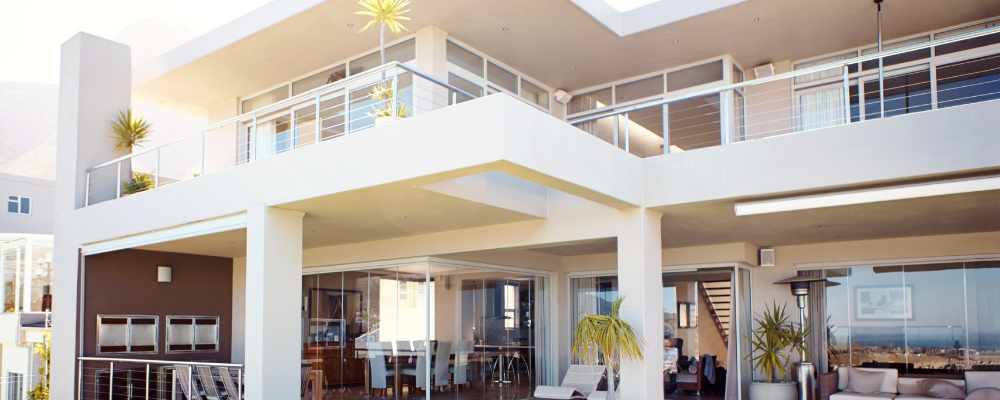
A negative cash flow property doesn’t generate enough income to cover the operating expenses and debt on the property. So, avoiding these properties is a good idea for real estate investors, particularly those who are new to the world of real estate. While savvy investors may choose a negative cash flow property as part of their strategy, a negative cash flow property can result in an investor having to make up the shortfall with their personal funds.
To avoid negative cash flow properties, investors should look out for:
- Properties where the rent is below market rates
- Properties that have high vacancy rates
- Operating expenses that are high and often run over budget
- Properties that need major upgrades and have signs of neglect which means that maintenance hasn’t been done to them
- Properties that have a cash flow zone that falls under 8%
The bottom line
Now that we’ve discussed how important a positive cash flow is for your investment property, you can see why knowing the cash flow potential of a property before you purchase it is crucial. As is your plan to either make sure that it becomes cash flow positive or hold off until you find a property that is already cash flow positive. Having the right cash flow can essentially help you reach your real estate investing goals quicker.
